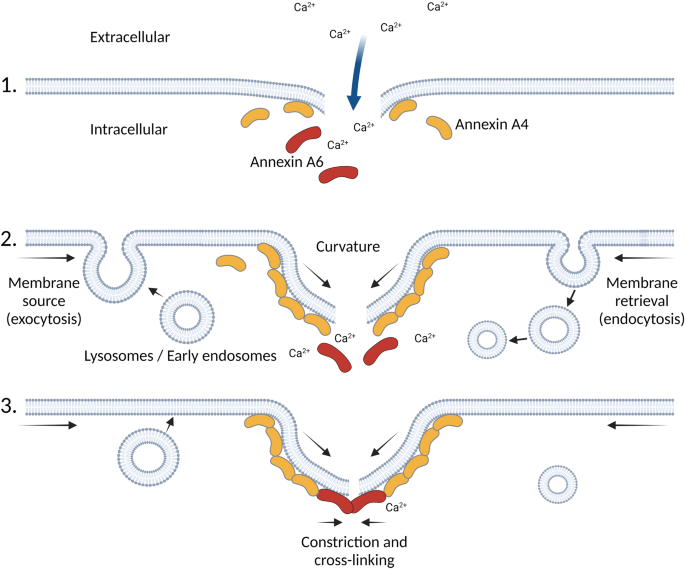Reference




Moonshot's Answer
The annexin family is crucial in cellular processes due to their multifaceted roles. They are Ca2+-regulated phospholipid-binding proteins that participate in the cell life cycle, exocytosis, apoptosis, and inflammation control [1]. Annexins act as sensors and regulators of cellular stress, influencing inflammatory reactions in mammals [2]. They are involved in membrane-related processes such as structural organization, intracellular signaling, and vesicle trafficking [3]. Additionally, annexins contribute to cell growth regulation and are implicated in cancer progression, proliferation, invasion, and metastasis [4]. They also play a role in plant growth and development, highlighting their importance in agriculture [5]. Furthermore, annexins are involved in the cellular response to stress and have chaperone activity, which is crucial for protein folding and preventing aggregation [6]. They are also important in providing a membrane scaffold, relevant to changes in cell shape [7]. Overall, the annexin family's importance in cellular processes is underscored by their involvement in membrane dynamics, cell signaling, and response to stress, making them essential for maintaining cellular homeostasis and function.
